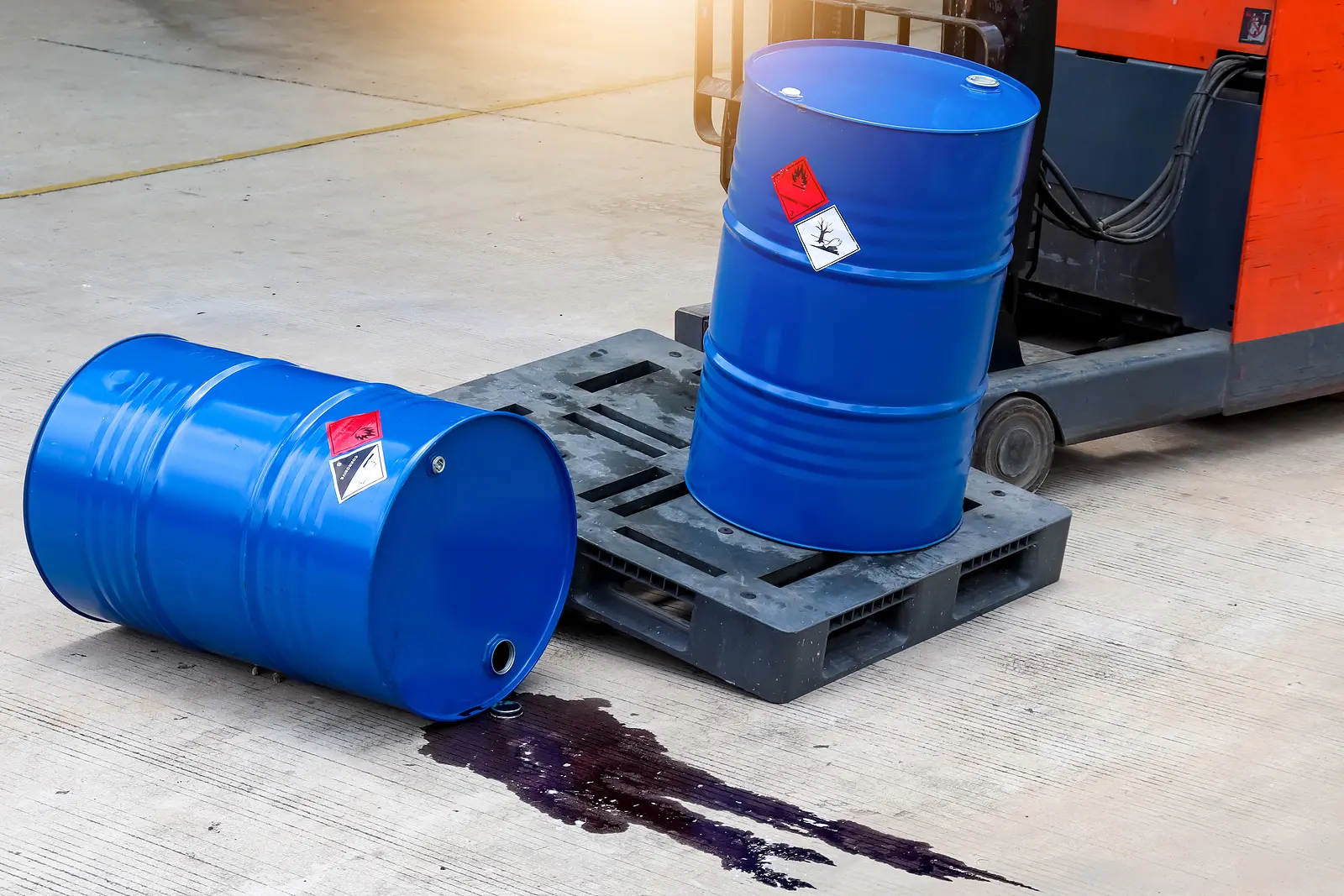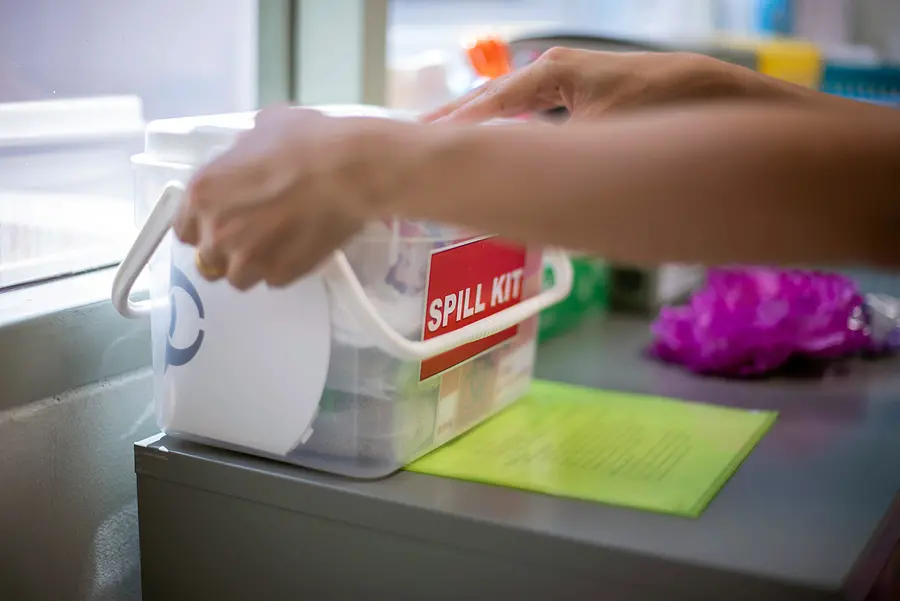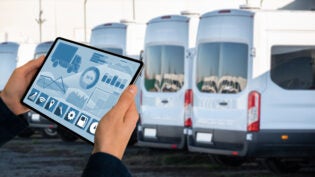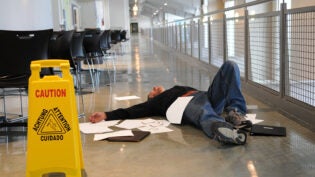
In any workplace, safety is paramount, and the unforeseen can sometimes occur despite our best efforts. Chemical spills are one such incident that requires immediate attention, careful handling, and the right procedures to ensure everyone’s well-being and the environment’s protection. Dive into our guide on the ins and outs of effective emergency response, post-spill actions, and the gear that can make a crucial difference.
Emergency Response Plan Essentials
In the event of a chemical spill, having a comprehensive emergency response plan is paramount. Such plans aim to safeguard all individuals involved and mitigate damage to the environment.
Prioritizing Safe Evacuation
An effective plan must detail evacuation protocols. This includes designating clear escape routes and specifying safe assembly points. Familiarity with these details is crucial, as knowing exactly where to go during an emergency can save valuable time and lives.
Maintaining Clear Communication
Effective communication is of utmost importance during crises. A well-thought-out plan should stipulate who needs to be informed, from local emergency services like fire brigades to environmental experts.
Moreover, ensuring that all stakeholders remain informed about the unfolding situation is crucial. Using tools like public address systems, emails, or text alerts can keep everyone abreast of developments.
After the Spill: What to Do Next
Once a chemical spill has taken place, it’s crucial to take specific steps to keep everyone safe and ensure everything is handled properly. Let’s dive into what needs to be done post-spill.
Clean-Up Steps
First off, we need to make sure the spill is under control. That means marking the area, making sure no one goes near it, and starting the containment process.
The way we clean up the mess will depend on what got spilled. Always check the instructions either in our spill kit or the Material Safety Data Sheet (MSDS) specific to that chemical. Usually, we’ll need to:
- Suit up with the right safety gear.
- Soak up the spill using our absorbent materials.
- Get rid of the used materials, keeping local rules in mind.
- Clean and sanitize the area and any tools we used.
Health First!
If anyone’s come into contact with the chemical, it’s crucial to act quickly. Some common signs of chemical exposure include skin issues, breathing problems, and eye discomfort.
If someone’s been exposed or there’s a risk of inhalation:
- Get them to fresh air ASAP and, if necessary, have them put on a respirator to prevent further inhalation of harmful fumes.
- Remove any clothes that have the chemical on them.
- Rinse the affected area with water for a solid 20 minutes.
- And if it’s a bad exposure, don’t wait—get medical help right away.
Document Everything
Lastly, we’ve got to report and record what happened. This isn’t just about ticking boxes; it helps us learn and make sure it doesn’t happen again.
Let the right people know, like our safety head or even local emergency folks, if needed. Write down all the details in an incident report, noting when it happened, where, what got spilled, how we dealt with it, and if anyone got hurt.
By staying on top of these post-spill actions, we not only keep our team safe but also play our part in protecting the environment.
Gear Up: Essential Protective Equipment for Chemical Spills
When it comes to managing chemical spills, your safety and that of those around you is paramount. One of the best ways to ensure everyone’s safety is to have the right protective gear on hand and ready to use.
Here’s a rundown of essential equipment that should be readily available in areas where there’s a risk of chemical spills:
Respirator Protection Masks
Products like Mira Safety’s respirator protection masks can be a lifesaver, especially when dealing with toxic fumes. These masks can filter out harmful chemicals, ensuring that you can breathe safely.
Safety Goggles
Protecting your eyes from chemical splashes is crucial. Safety goggles should offer a snug fit, be anti-fog, and resistant to chemical splashes.
Chemical-Resistant Gloves
Your hands are likely the first thing to come in contact with a spill. Ensure you have gloves made of materials resistant to the chemicals you’re working with, such as nitrile or neoprene.
Chemical-Resistant Aprons or Suits
These prevent chemicals from coming into contact with your clothing and skin. They should be durable, easy to put on, and resistant to the specific chemicals in your workspace.
Safety Footwear
Shoes or boots with a chemical-resistant finish can prevent chemical burns on your feet. They should also provide a good grip to prevent slips on wet surfaces.
Face Shields
For added facial protection, especially when there’s a risk of larger splashes, a face shield can be used in conjunction with safety goggles.
Emergency Eyewash Stations
In case of eye exposure, having an eyewash station nearby can provide immediate relief and minimize injury. It allows for quick rinsing of the eyes with a steady stream of water.
Emergency Showers
In situations where larger parts of the body are exposed to chemicals, an emergency shower can quickly rinse off contaminants.
Spill Kits

These kits contain materials and tools specifically designed to clean up and contain chemical spills, ensuring that you have everything you need in one place.
Regular training on how to properly use each piece of equipment is just as important as having the gear on hand. Remember, the right protective equipment can mean the difference between a minor incident and a major injury. Always be prepared and prioritize safety first!
Preparedness Is Our Best Defense
Tackling a chemical spill is no small feat, but with the right plan in place, the necessary protective equipment on hand, and a well-trained team, we can navigate these challenges more efficiently and safely. It’s not just about responding in the moment, but also learning, adapting, and ensuring we’re always a step ahead for the future.
By prioritizing safety, we’re investing in our team, our workplace, and the environment. Always be ready, be alert, and be safe!
1692 Views












